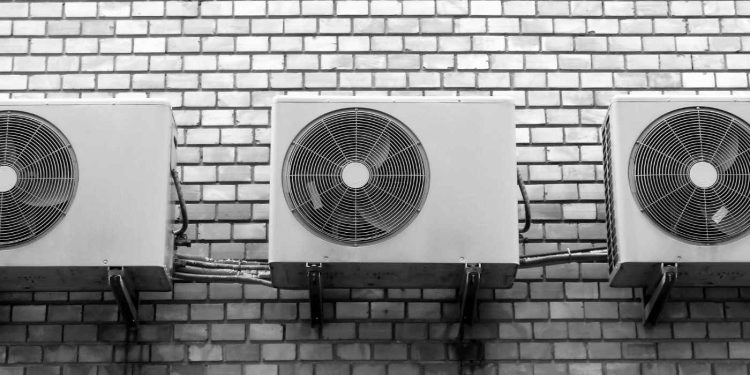The landscape of home climate control is undergoing a remarkable transformation, with ductless air conditioning systems at the forefront of this revolution. Also known as mini-split systems, these innovative cooling solutions are challenging the long-held dominance of traditional central air conditioning. Homeowners across various climates and housing styles are increasingly gravitating toward ductless technology, recognizing benefits that extend far beyond simple temperature management. Here’s why ductless AC systems are changing how we think about home comfort.
Superior Energy Efficiency
Traditional ducted systems lose significant energy through leaky or poorly insulated ductwork—a problem that ductless systems elegantly bypass. By delivering conditioned air directly into individual rooms, mini-split systems eliminate the substantial energy losses associated with duct transmission. This direct delivery method can reduce energy consumption by up to 30% compared to conventional central air conditioning systems.
Additionally, ductless systems utilize advanced inverter-driven compressors that adjust their speed based on actual cooling needs rather than the all-or-nothing approach of traditional units. This variable-speed operation maintains more consistent temperatures while consuming only the energy necessary for current conditions. For environmentally conscious homeowners and those seeking to minimize utility costs, this efficiency advantage represents a compelling reason to consider ductless technology.
Customized Zone Control
Perhaps the most revolutionary aspect of ductless systems is their inherent zoning capability. Each indoor air handler operates independently, allowing different temperatures in different rooms—a stark contrast to central systems that treat the entire home as a single zone. This customization means family members with different temperature preferences can remain comfortable simultaneously without wasting energy cooling unused spaces.
The zone control functionality transforms how families experience indoor comfort, eliminating the common “too hot upstairs, too cold downstairs” problem that plagues many homes with traditional systems. Beyond comfort, this precise control translates to significant energy savings by allowing homeowners to condition only occupied areas.
Streamlined Installation Process
Installing traditional central air conditioning in existing homes often involves extensive, disruptive construction to accommodate bulky ductwork. Contractors may need to create soffits, drop ceilings, or access chases that compromise architectural integrity and disrupt household activities for days or weeks.
Ductless systems require only a small three-inch conduit connecting the outdoor compressor to the indoor air handlers, dramatically simplifying the installation process. This minimal invasiveness makes ductless AC particularly valuable for historic homes, additions, finished basements, or any situation where installing conventional ductwork would be impractical or prohibitively expensive. Most installations can be completed in a single day with minimal disruption to the household.
Improved Indoor Air Quality
Traditional ducted systems can become repositories for dust, pollen, mold spores, and other allergens that circulate throughout the home with each cooling cycle. Even with regular maintenance, ductwork inevitably collects contaminants that compromise indoor air quality.
Ductless systems eliminate this concern entirely while incorporating sophisticated multi-stage filtration that can significantly reduce airborne particulates, bacteria, viruses, and other pollutants. For allergy sufferers and those concerned about indoor air quality, this advantage alone often justifies the transition to ductless technology. The result is cleaner, healthier air without the maintenance burden of duct cleaning or the concerns about what might be lurking in inaccessible air delivery pathways.
Versatile Application Potential
Ductless systems offer unparalleled flexibility that makes them suitable for virtually any home configuration. From historic properties where preserving architectural details is paramount to ultra-modern residences seeking sleek, minimalist climate solutions, mini-splits adapt to diverse aesthetic and functional requirements.
They excel in solving problematic spaces that traditional systems struggle to address efficiently—sunrooms that overheat, converted attics, garage apartments, home offices, or additions. This versatility extends to installation locations, with indoor units available as wall-mounted, ceiling-recessed, floor-standing, or concealed options to complement any interior design approach.
Final Thoughts
As homeowners increasingly seek climate solutions that offer energy efficiency, personalized comfort, and adaptability to changing needs, ductless AC systems stand out as a truly revolutionary approach to home comfort technology. If you’re ready to make the switch, reach out to qualified HVAC professionals from companies like Thomas Refrigeration of Meridian, LLC.


























